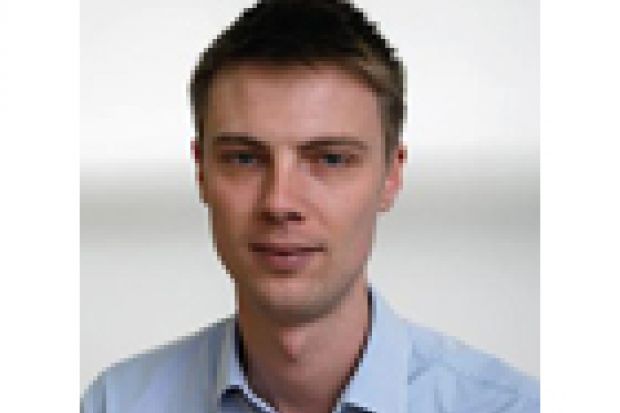Ever thought that “1994 Group”, “Million+” and the memorable (if subsequently abandoned) “Alliance of Non-Aligned Universities” were terrible names for university groupings?
You are not alone. But they seem positively bursting with creativity in comparison with the latest rash to emerge: N8, M5, GW4 and now SES-5. Despite appearances, these are neither motorways nor X Factor-assembled boy bands but an important development in the national research landscape.
The SES-5 group consists of the “golden triangle” of Cambridge, Oxford and London (in this case, Imperial College London and University College London) plus the University of Southampton, and describes itself as “the most powerful cluster of research-intensive universities in the UK”.
There is something heartening about it when competition and fragmentation can seem the order of the day
As with the N8 in the North of England, M5 in the Midlands and GW4 in the South West, the new group is a regional collaboration that will share big, expensive kit in science and engineering, an area where partnership is proving to be far more forthcoming than in shared services generally.
Another piece in the patchwork of such collaborative groups covering the large research-intensives across the country, SES-5 was perhaps inevitable - it has also been strongly supported by the Engineering and Physical Sciences Research Council.
It is primarily a reaction to the capital shortage, which in light of the near-universal financial constraints is likely to be ongoing, but there is also something heartening about it at a time when competition and fragmentation can seem the order of the day. If even Oxford and Cambridge, the oldest of rivals, can break bread (or atoms) together, then surely any institution can embrace the idea of greater collaboration.
The members of SES-5 are all in the top six for EPSRC income - Southampton is higher than Oxford and Cambridge - and were already collaborating informally, which could explain why other “big beasts” in London and the South East are not yet involved.
But questions will be asked about how exclusive such groupings should be: if this is, in essence, a hub for ensuring the best and widest access to research kit in the South East, shouldn’t others such as King’s College London, Queen Mary, University of London, the University of East Anglia and the University of Sussex (to name a few) also be involved?
SES-9 is no worse a name than SES-5, after all, although a comprehensive membership involving all the region’s Russell Group and 1994 Group universities could be unwieldy.
To those on the outside, yet another elite grouping may look like a move towards further concentration; the big boys and girls ganging up to corner even more of the market.
It certainly it won’t hinder them in winning bids at a time when capital funding is frequently made available at the last minute and for collaborative projects only.
But look a little closer and it may be more about rationalisation, and limiting the wastage of finite resources. If it allows more researchers access to the best kit, then it should also help the UK to defend its position as international rivals grow in strength.
Nobody likes austerity, but perhaps this is a case of austerity being the mother of welcome invention, encouraging us to make the most of what funding there is.
Then, when the money tap is turned on again (if it is), all can make better use of it.
Register to continue
Why register?
- Registration is free and only takes a moment
- Once registered, you can read 3 articles a month
- Sign up for our newsletter
Subscribe
Or subscribe for unlimited access to:
- Unlimited access to news, views, insights & reviews
- Digital editions
- Digital access to THE’s university and college rankings analysis
Already registered or a current subscriber? Login
